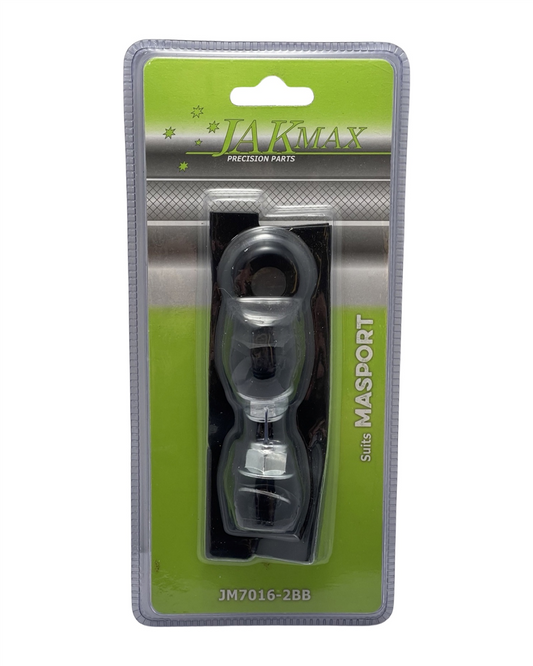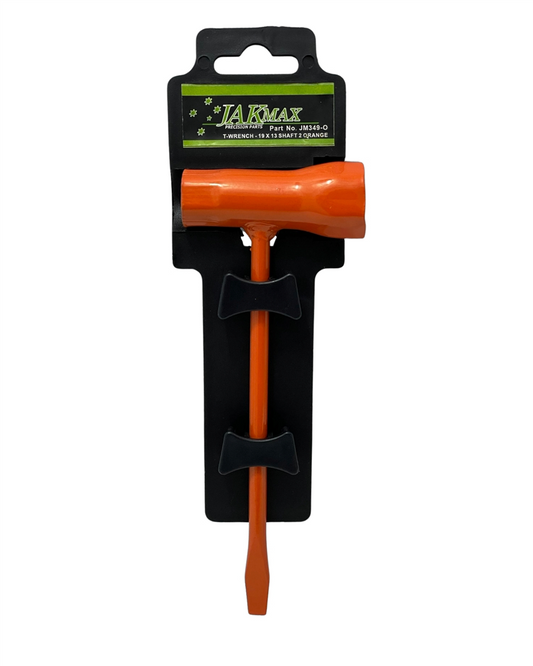How to grow vegetables in clay soil
Share
Breaking Through the Clay: How to Make Tough Soil Work for Your Veggies
Ever planted something in your backyard, only to discover your soil is more like a brick than a bed of fertile goodness? That’s clay soil for you—sticky when wet, rock-hard when dry, and a nightmare for beginner gardeners. But don’t despair! With a bit of know-how, you can turn that stubborn soil into a veggie-growing paradise. 🌱
What’s the Deal with Clay Soil?
Clay soil holds water like a sponge and compacts easily, making it tough for delicate veggie roots to grow. But the good news? It’s packed with nutrients! If you can fix the drainage and loosen it up, your veggies will love it.
Get That Soil in Shape
Before you rush to plant your veggies, some prep work is in order.
- Test Your Soil: Grab a handful of soil and squeeze. If it stays in a firm clump and feels sticky, you’ve got clay soil.
- Add Organic Matter: Compost is your best mate! Work in plenty of organic compost, aged manure, or even shredded leaves to help loosen things up.
- Avoid Digging When Wet: Stepping on or tilling wet clay turns it into a compacted mess. Wait until it’s dry enough to work with.
Picking the Right Veggies
Not all veggies thrive in clay soil, but some are more forgiving than others. Give these a go:
- Leafy Greens: Silverbeet, kale, and spinach don’t mind a bit of clay and will grow happily.
- Brassicas: Broccoli, cabbage, and Brussels sprouts appreciate the firm soil.
- Beans and Peas: They help improve soil structure and don’t need perfect conditions.
- Pumpkins and Squash: These tough veggies enjoy moisture and will spread out beautifully.
Keep That Soil Healthy
Once your garden is in action, maintaining soil health is key.
- Mulch! A thick layer of straw or bark will stop the soil from drying into a rock-hard crust.
- Build Raised Beds: If drainage is a constant headache, raised garden beds filled with good-quality soil can be a game-changer.
- Plant Cover Crops: Grow green manure crops like clover or lupins in the off-season to improve soil structure.
Patience Pays Off
Clay soil might be a challenge, but once you’ve improved its structure, it’ll reward you with a bumper crop of veggies year after year. Don’t be afraid to experiment and see what works best in your garden.
Ready to get started? Pop into Strathalbyn H Hardware for soil improvers, organic compost, and expert advice to set you up for success! 🌿
Happy gardening!
Candeece
 Stay Connected
Stay Connected
Join our gardening community on Facebook the Urban Gardener's Notebook
And follow our Store Facebook Page: Strathalbyn H Hardware on Facebook









